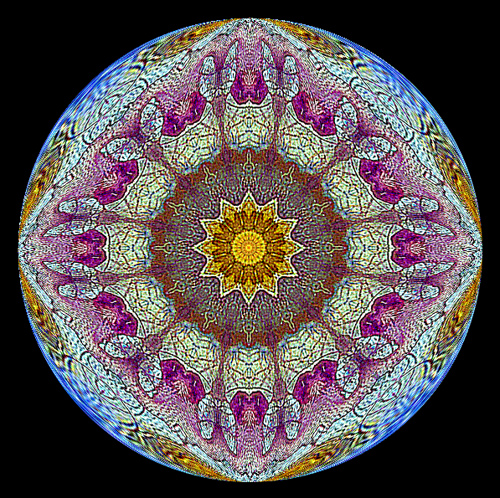When I first began thinking and talking about practice with people outside of the traditions I have had training in, I faced a challenge: how could I talk about practice in a way that wasn’t specific to my particular background and affiliations?

The solution I finally settled on was to look beyond the details of how a practice happens to examine why each practice was valuable. By understanding the intention, I thought I might be able to find or design other exercises that would serve those same ends. Since then, my personal practice has evolved significantly, and I’ve had many, many more conversations about the purposes and goals of practice. These have led me to understand a variety of intentions around practice that I’ve never personally held, and I look forward to sharing some of those with you through guest posts as we move forward together.
Today, I’m going to share the most general outline of how a practice works, and then in the weeks to come, we’ll talk about about specific ways that each of these functions can be fulfilled.
Starting out: defining space: At the beginning of a practice, it’s often helpful to do something to mark the transition from whatever you were doing before. This can be simple or elaborate; I’ve found it helpful to do the same thing consistently.
Honoring connections: One of the important parts of practice in many traditions involves affirming or honoring our connections: with all of ourselves, withour communities, with the earth, with particular deities or allies, and with whatever we consider to be sacred.
Magical work: If specific magical work is part of our lives, during a daily practice is often a good time to tend to those projects. The nature of this can vary widely, from contemplative practices to breathwork or yoga to tending an altar or a spell.
Closing: Intentionally finishing our practice helps us transition into our next activity.
What do you think? Does your practice or the practices of your tradition fit into this model? What have I forgotten?












